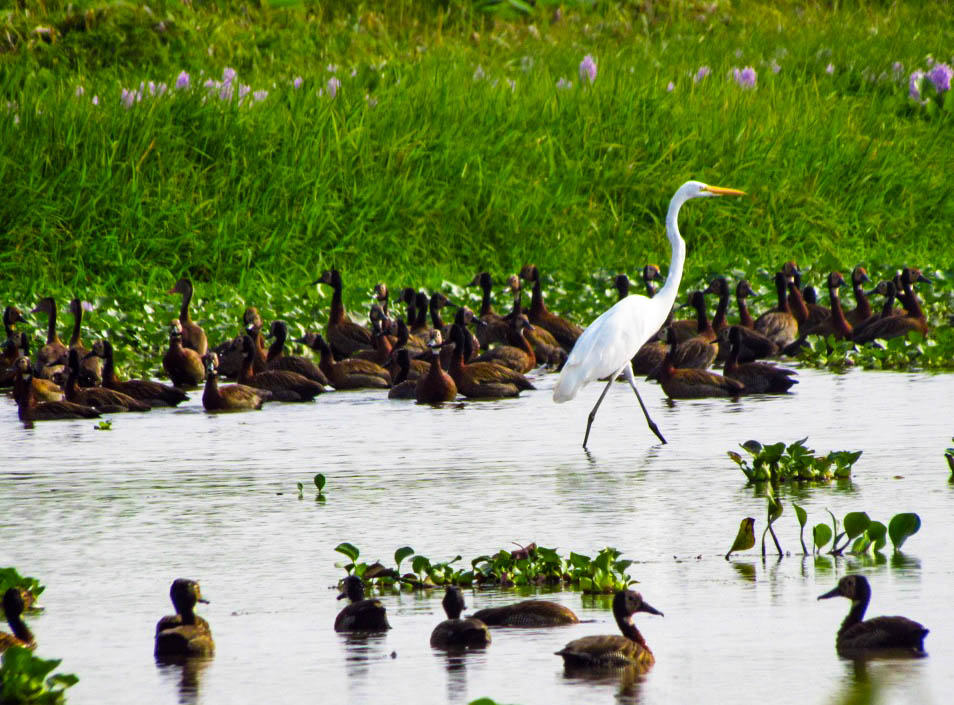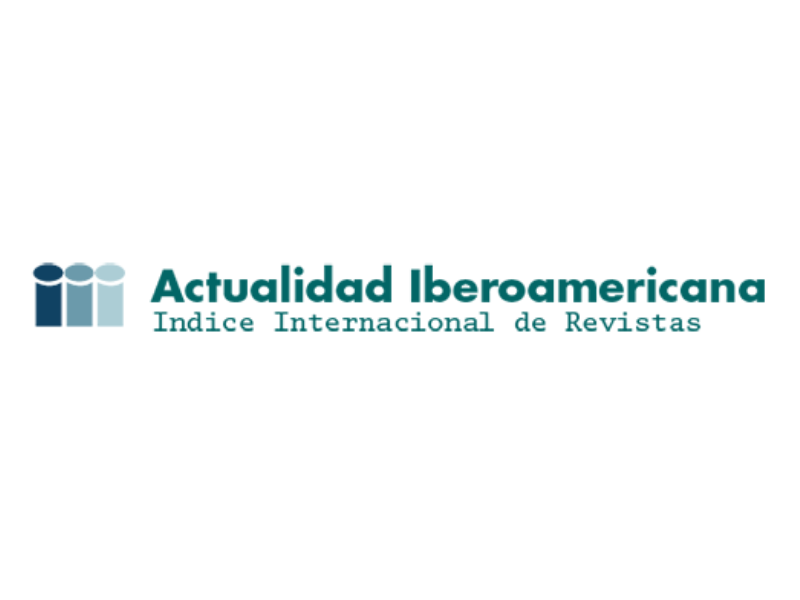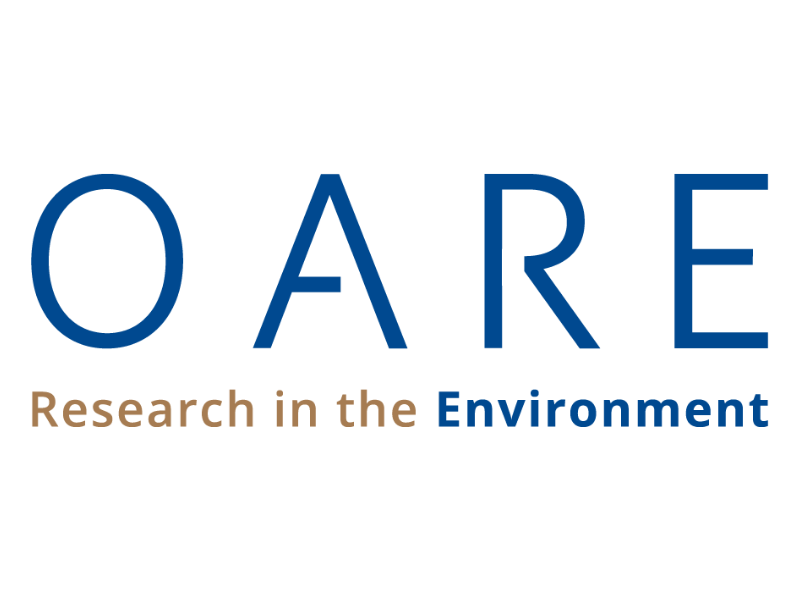Mercury and lead bioaccumulation in the Dendrocygna autumnalis duck in the subregion of La Mojana, Colombia
Bioacumulación de mercurio y plomo en el pato Dendrocygna autumnalis en la subregión de la Mojana, Colombia


This work is licensed under a Creative Commons Attribution-NonCommercial-ShareAlike 4.0 International License.
Show authors biography
Objective. La Mojana is a biodiverse area of wetlands that is in the Caribbean region, being the habitat of numerous species. Mining, upstream, and agricultural activities have generated the accumulation of heavy metals in these ecosystems. Mercury (Hg) and Lead (Pb) concentrations in 47 samples of blood and feathers of Dendrocygna autumnalis (Pisingo) were determined in two sites at the Mojana, Colombia. Materials and methods. Concentrations of Hg and Pb in blood and feathers were quantified using Cold Vapor-Atomic Absorption Spectrophotometry (CVAAS) and graphite furnace atomic absorption spectrometry (GFAAS), respectively. Results. The highest concentrations of Hg and Pb in feathers and blood were 475.4±180.5 ng/g, 873.59±412.06 ng/g and 9.87±10.6 ng/mL, 218.5±216.6 ng/mL, respectively. 100% of the feather samples from the captured individuals exceeded the permissible limit of 40 ng/g for Hg in duck meat established by the European Union. Likewise, 47% of the blood samples and 53% of the feathers from the captured individuals exceeded the European Union permissible limits for lead in duck meat of 100 ng/g. Conclusions. Mining and agricultural activities have generated heavy metal accumulation processes in Dendrocygna autumnalis, which represents a threat to the conservation of this species and a risk to the health of the inhabitants of the region due to its consumption.
Article visits 7917 | PDF visits























